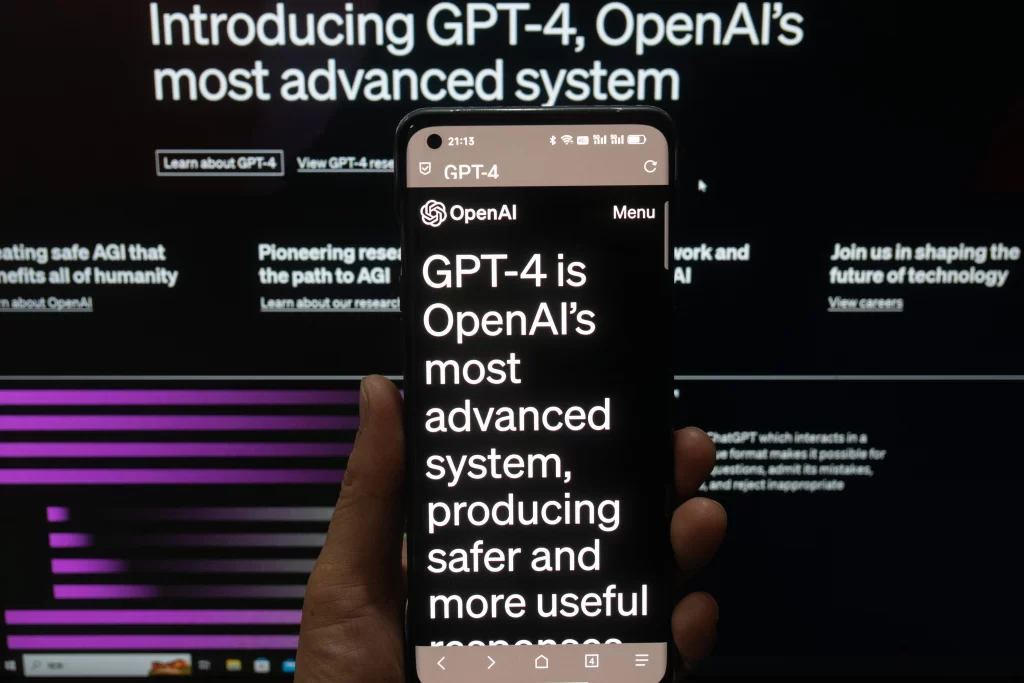

GPT-4 is the upcoming fourth iteration of the Generative Pre-trained Transformer (GPT) language model developed by OpenAI. It will build upon the success of its predecessor, GPT-3, and utilize even more advanced natural language processing (NLP) techniques to generate high-quality, human-like text.
Natural Language Processing (NLP)
NLP is a field of artificial intelligence that focuses on enabling computers to understand, interpret, and generate human language. It encompasses various subfields such as machine translation, sentiment analysis, text classification, and speech recognition. NLP has numerous applications, from chatbots to content creation and even scientific research.
Generative Pre-trained Transformer (GPT)
GPT is a neural network architecture for NLP that utilizes unsupervised learning to pre-train a language model on massive amounts of text data. The pre-training involves predicting the next word in a sequence of text, given the previous words, using self-attention mechanisms. Once pre-trained, the model can be fine-tuned on specific downstream tasks such as text classification or generation.
GPT-3: A Game-Changer in NLP
GPT-3, released in 2020, was a significant breakthrough in NLP due to its impressive performance on a wide range of language tasks. With 175 billion parameters, it could generate coherent, human-like text and even perform simple reasoning and arithmetic calculations. Its achievements have made it one of the most promising models for achieving artificial general intelligence (AGI).
What to Expect from GPT-4
While there is still no official release date for GPT-4, rumors suggest that it could have up to 300 billion parameters, significantly more than GPT-3. This increase in parameters would allow the model to capture even more complex linguistic patterns and nuances, resulting in improved performance on existing tasks and the potential to tackle new challenges.
Possible Applications of GPT-4
The potential applications of GPT-4 are vast, and some possible examples include:
- Content Creation: With its advanced language generation capabilities, GPT-4 could be used to create high-quality content for various industries, such as journalism, marketing, and even entertainment.
- Scientific Research: GPT-4 could assist in scientific research by analyzing large volumes of text data and generating hypotheses or summarizing research findings.
- Personalized Healthcare: By analyzing patient data and medical literature, GPT-4 could help healthcare professionals provide more personalized care recommendations and diagnoses.
Conclusion
GPT-4 is an exciting development in the field of NLP, with the potential to revolutionize various industries and change the way we interact with machines. Its advanced language generation capabilities, combined with its massive parameter count, could lead to breakthroughs in AGI and AI research. We look forward to seeing what GPT-4 has in store for us in the near future.
